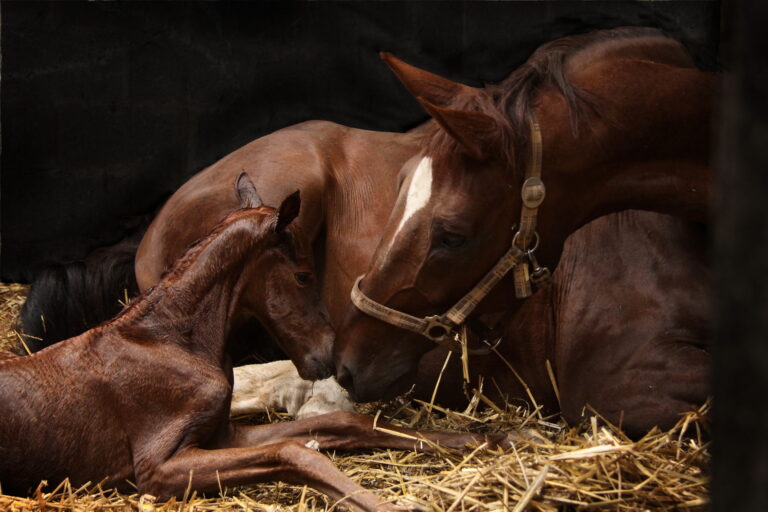An article published in Veterinary Ophthalmology revealed the “first significant atmospheric risk factor to be identified for DSA (equine deep stromal abscesses) formation in the horse.” The article, titled, “A retrospective analysis of environmental risk factors for the diagnosis of deep stromal abscess in 390 horses in North Central Florida from 1991 to 2013,” is available for subscribers or purchase from Wiley.com.
Abstract
The purpose of this investigation was to identify potential environmental risk factors for the diagnosis of equine deep stromal abscesses (DSA) in the subtropical climate at the University of Florida Veterinary Medical Center (UFVMC).
Methods
Cases included were selected from the UFVMC medical record and imaging database, and included all cases of equine DSA diagnosed during the period from December 1991 to December 2013 in patients residing in north central Florida. Patient date of diagnosis and atmospheric data was obtained for north central Florida for the corresponding time period. Univariate and multivariate general linear models were generated testing effects and interactions between environmental conditions.
Results
When year, sulfur dioxide (SO2) and wind were analyzed in the presence of each other, a one-mile per hour increase in wind (P =0.005) significantly increased the number of DSA cases by 1.63 cases per year. When the influence of temperature was evaluated in conjunction with year and nitrogen dioxide (NO2), the number of cases decreased by 0.1534 per year for every degree increase in temperature (°C) (P =0.039).
Conclusions
Wind speed is the first significant atmospheric risk factor to be identified for DSA formation in the horse. The importance of environmental variance in the incidence of DSA indicates that the pathogenesis of DSA formation may be multifactorial, interdependent and provides support in some horses for the micropuncture hypothesis of DSA formation related to the involvement of environmental conditions causing precorneal tear film and epithelial damage.
Authors
Laura R. Proietto, SACS, University of Florida, Gainesville, Florida; Caryn E. Plummer, Small Animal Clinical Sciences, University of Florida, Gainesville, Florida; Kathleen M. Maxwell, Small Animal Clinical Sciences, University of Florida, Gainesville, Florida, and Chronic Disease Research Group, Minneapolis, Minnesota; Dennis E. Brooks, LACS, University of Florida, Gainesville, Florida.








